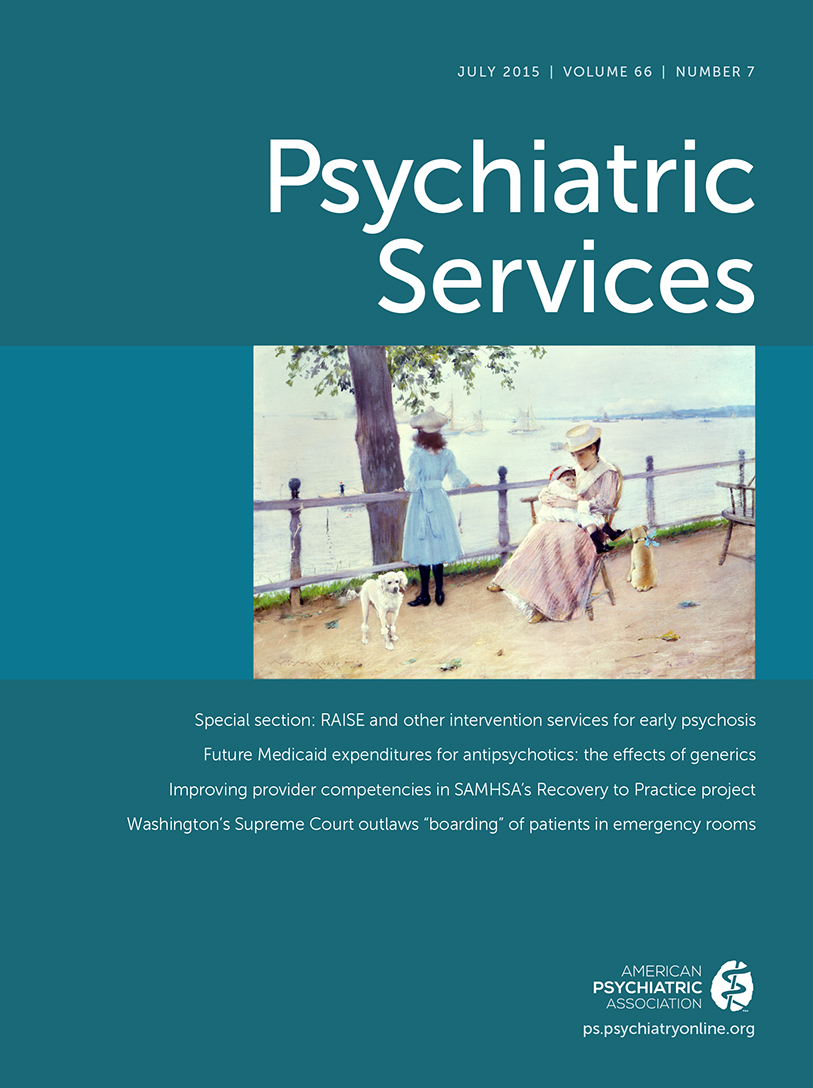Client Views of Engagement in the RAISE Connection Program for Early Psychosis Recovery
Abstract
Objective:
This study assessed factors that facilitated or impeded clients’ engagement in services offered by the Recovery After an Initial Schizophrenia Episode (RAISE) Connection Program for youths and young adults experiencing early psychosis. It was part of the larger RAISE Implementation and Engagement Study.
Methods:
Thematic qualitative analyses of data from in-person, semistructured interviews with 32 clients were used to examine experiences of program services, staff practices, clients’ engagement behaviors, and related factors, such as expectations, family involvement, illness, and setting. Eighteen clients were well engaged with services, and 14 were not. Thirteen were interviewed early in their program involvement (two to nine months after enrollment) and 18 others later (12 to 24 months after enrollment).
Results:
Four domains of factors influenced engagement: individualized care, program attributes, family member engagement, and personal attributes. A central factor was the program’s focus on clients’ life goals. For many interviewees, engagement hinged substantially on receiving what could be considered nonclinical services, such as supported education and employment. Other key factors were individualized services and staff interactions that were respectful, warm, and flexible; engagement of family members; and a focus on shared decision making.
Conclusions:
The findings help explain the Connection Program’s effectiveness regarding client engagement and deepen understanding of treatment engagement for youths and young adults experiencing early psychosis. The individualized, flexible, recovery-focused, and assertive model of services and client-staff interaction, incorporating shared decision making and a focus on client life goals, should be implemented and sustained in services for this population.



